The man who created the foundation of modern karate02
From “Too Dee" to “Uchina Dee"
Diplomacy was an important task in the Ryukyu Kingdom, sandwiched between two giant powers. “Matsumura Soukon” was an excellent diplomat and worked for the kingdom. Of course, in addition to his work, he also practiced and studied martial arts. After returning to the Ryukyu Kingdom, he became the royal bodyguard. He was recognized for his martial arts skills.
He was trusted by the royal family and served as the bodyguard for the 17th, 18th and 19th kings. At the same time, he also became a royal mentor, teaching martial arts to the king. His martial arts were recognized as the treasure of the Ryukyu Kingdom. This was a great honor.
His master, “Sakugawa Kanga", combined the traditional Ryukyu martial art “Tee" with Chinese martial arts techniques to create a new Ryukyu martial art “Too Dee". And disciple “Matsumura Soukon” developed the skill further. His martial art was called “Uchina Dee".
“Tee" and “Dee" are old Ryukyuan words. In Chinese characters, these mean “hand", but in this case they mean “martial arts." And “Too" means China, “Uchina" means “our country".
Ryukyu traditional martial art “Tee" fused with Chinese martial arts to become “Too Dee", and then developed into “Uchina Dee" = “the martial art of our country". At this time, karate was finally born.
Excellent disciples
“Matsumura Soukon” trained many excellent disciples while working for the Ryukyu Kingdom.
His representative disciples were Itarashiki Chochu, Asato Anko, Itosu Anko, Chibana Tosho , Motobu Choyu, Motobu Choki, Yabu Kentu, Kyan Chofu, Kyan Chotoku" , “Kuwae Yoshimasa", " Yoshimura Chogi" and “Nabi Tanmeh". His disciples were the progenitors of many karate schools that still exist today.
Legend of the battle between the master and the bull
“Matsumura Soukon” had many legendary episodes. One of the most famous is the story of him fighting a bull. One day he was ordered by the king to fight a giant bull. The king wanted to know the strength of his bodyguard. However, even though he was a master of martial arts, it was dangerous to fight a fierce bull with his bare hands. So he went to the pasture every day until the day of the battle and beat the bull on the head with an iron fan. The bull was terrified by “Matsumura Soukon” who hit him on the head with a hard object every day.
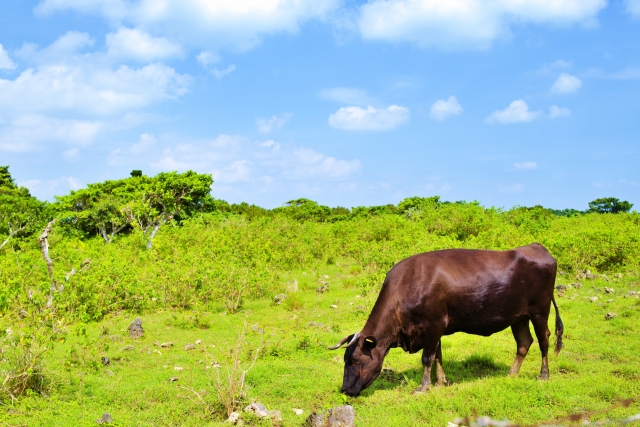
And on the day of the match, when “Matsumura Soukon" appeared, the bull trembled with fear and ran away without fighting. The king was overjoyed, believing that the “Matsumura Soukon” had beaten the bull by mere spirit. This episode is legendary. However, from this story, we can see that “Matsumura Soukon" was not just a warrior of strength, but a great martial artist with wisdom and reason.
“Matsumura Soukon” was not just a strong warrior. And the karate he created was not just techniques to get stronger. He encouraged his disciples to study academics and morals as well as martial arts.
The document for Karate practitioners
He left the document for Karate practitioners to his last disciple, “Kuwae Yoshimasa". That document says:
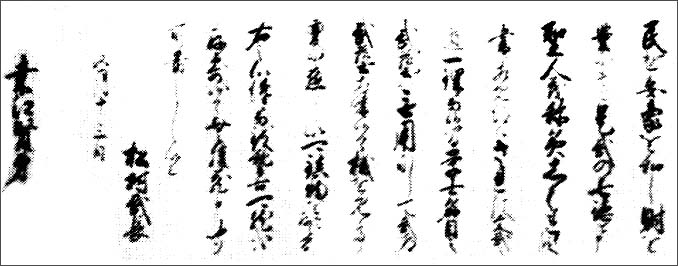
Those who do not know the true meaning of martial arts training should not practice martial arts. Therefore, it is necessary to listen to the determination of those who want to learn karate and carefully consider whether it is okay to teach karate.
Literature and martial arts method are the same principle.
There are three paths in both literary and military arts.
The three literatures are literature, ancient literature, and Confucianism.
The study of writing is the process of producing good writing for a higher honor. Ancient literature knows the teachings of old China and learns the way of people. These two studies have only the honor of literary arts, so they cannot be said to be orthodox studies. Confucianism is an orthodox study that uses knowledge, sincerity, and righteousness to understand things, govern a family, govern a country, and bring peace to the world.
The three martial arts are “Martial arts for researchers", “Martial arts for reasons to fight", and “Martial arts for the BUDO master".
“Martial arts for researchers" are training without permission, lacking in maturity, there are as many techniques as there are, and they are like dances, and they are practically useless.
“Martial arts for a reason to fight" are just wandering around without execution. Thinking only of winning, arguing, hurting others, hurting yourself, and even humiliating your parents and siblings.
“Martial arts for the BUDO master" is achieved by staying alert, improvising ingenuity, quietly waiting for the enemy’s movements, knowing the enemy’s mind, and winning over the enemy’s mind. No confusion. For the sake of loyalty and filial piety, he attacks any enemy with a heart like a tiger and eyes like an eagle.
It is said that martial arts prohibits violence, governs soldiers, protects people, determines merit, protects the people, calms people down, and enriches wealth. These are the seven virtues of martial arts, even the saints admire their beauty and are found in calligraphy.
According to the martial arts principle, “Martial arts for researchers" and “Martial arts for reasons" are useless, and “Martial arts for the BUDO master" must be learned. That way, you can respond to accidents in a timely manner and calm the chaos. People who can practice karate with these correct rules can rely on them without hesitation.


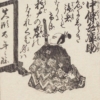
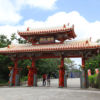


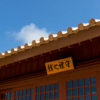



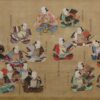

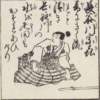
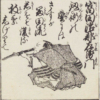
ディスカッション
コメント一覧
まだ、コメントがありません